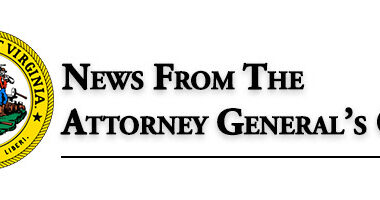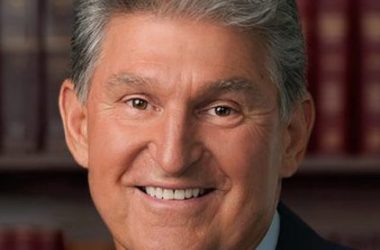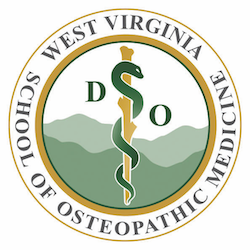By Autumn Shelton
WV Press Association
MORGANTOWN, W.Va. — Popular media is full of the mad scientist character – typically an eccentric, erudite individual who somehow turns himself into a common housefly, shrinks his children, or uses a central finite curve to travel between dimensions as he strives to understand the world around him.
In a way, West Virginia University (WVU) has its own version of a mad scientist in Dr. Matthew Kasson, except he isn’t “mad.” He conducts important research in mycology – the study of fungi – which has the potential to one day change the world of medicine.

Kasson took the time on Oct. 17, during WVU’s Academic Media Day, to explain some of his research and to discuss the importance of community outreach for those, like him, who wish to amplify their work.
According to Kasson, associate professor of forest pathology and mycology, in 2016 he and his colleagues began research on a parasitic fungus that infects the lower abdomen of periodical cicadas as they emerge from the ground to reproduce.
Through this research, Kasson said he and his colleagues made “the discovery of a lifetime” when they found that this fungus produces the stimulant amphetamine and Psilocybin – a hallucinogenic substance commonly found in “magic mushrooms.”
“So either the cicadas were high on amphetamines or tripping on Psilocybin,” Kasson said of the fungus-infected cicadas he studied. “We were able to make this discovery here in Mon County on the campus of West Virginia University.”
Usually, in-depth scientific studies go unnoticed by most people in the non-scientific community, but in this case Kasson knew how to use social media for community outreach.
He explained that in 2018, he Tweeted that the discovery had been made. Shortly thereafter, a journalist, writing for The Atlantic, read the Tweet and contacted him for more information. Soon the article “This Parasite Drugs Its Host With the Psychedelic Chemical in Shrooms” was published.
Following that initial article, other media outlets began to discuss the research that was being conducted at WVU, Kasson further explained. The Washington Post published an article stating that the fungus turned cicadas into “sex-crazed ‘flying salt-shakers of death.’” A different article in Scientific American called it “Zombie Fungus,” and late-night host Stephen Colbert did a segment saying the fungus “eats away at their (cicadas) butts.”
While a lot of this attention was lighthearted fun, Kasson noted that it has helped him increase awareness of the important research he conducts on a daily basis.
“When you work on something that is stranger than fiction, it is really easy for the media to want to talk to you,” Kasson said. “I’ve gone to great lengths to make outreach a big component of this, and it’s really connected with journalists.”
He added that media attention occurred before his research had been peer-reviewed, which led to an even greater interest in his work from those in the scientific community.
“You never know where the next discovery is going to come from and this has really emphasized the importance of basic science and continuing to build upon the research that we do,” Kasson continued. “There are important discoveries hidden in plain sight that are there for the taking if we are willing to put the time in. What we are really learning from these cicadas is that these interactions between fungi and cicadas might represent the next frontier for drug discovery.”
In addition to his work on “zombie fungus,” Kasson is using fungi in research ranging from the serious, like its symbiotic relationship with millipedes and its potential role in global conservation goals, to the amusing, including jack-o-lantern preservation and pumpkin spice latte interactions.
Through it all, Kasson stated that he has learned about the importance of community outreach, and encourages other researchers to do the same.
April Kaull, director of news for University Relations at WVU, was also in attendance during media day.
She said that WVU has a lot of experts, like Kasson, who get excited about sharing their research with the media. They also work closely with those in the Reed College of Media and understand the importance of deadlines, making them perfect sources of information for West Virginia’s reporters.

To reach out to Kasson, or other WVU experts, visit experts.wvu.edu, or send an email or Kaull at [email protected].






